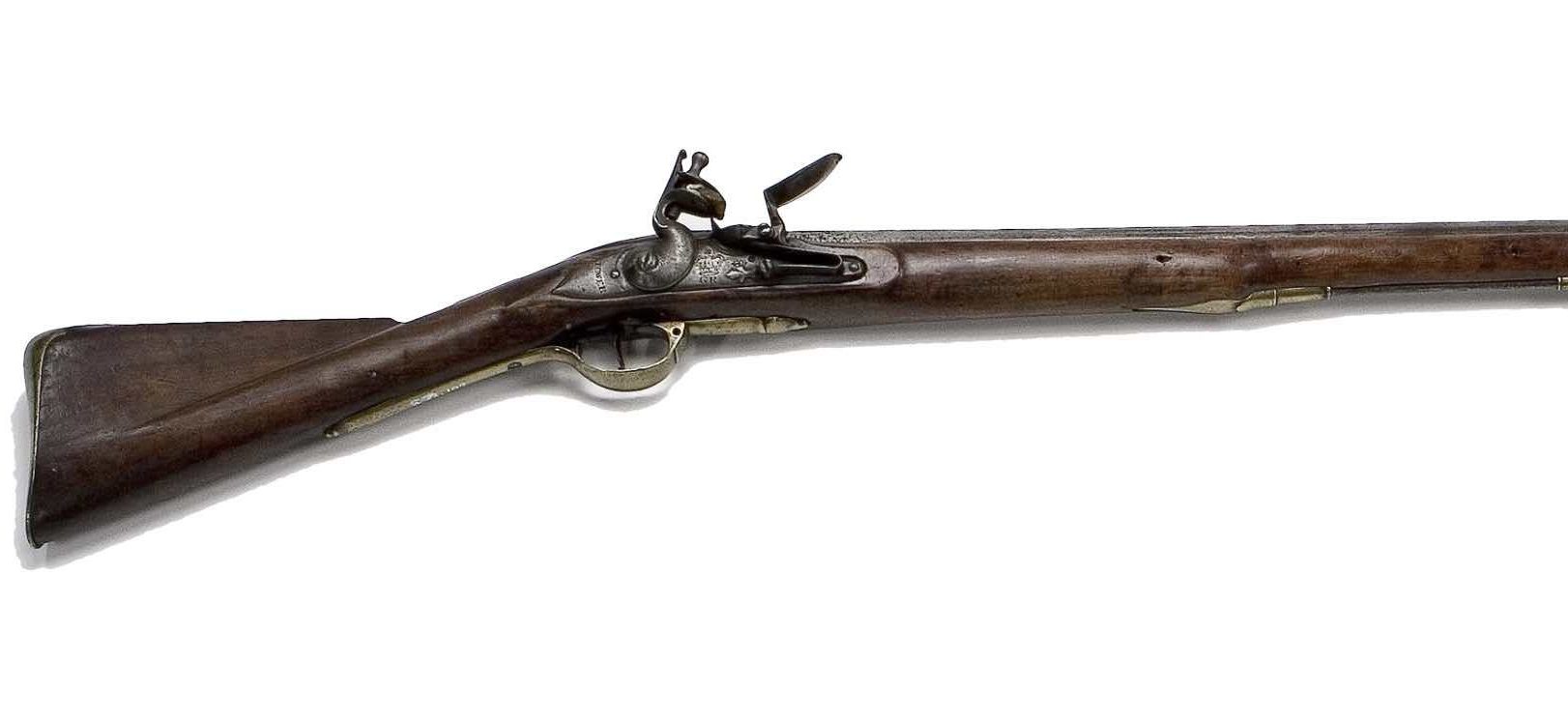When the Second Amendment was passed in 1791, the flintlock musket represented the most common gun technology. The Brown Bess, used by the British Army from 1722 to 1838 is shown above. It fired one shot, then took a long time to reload. You had one chance to shoot, then you had to consider what to do next – use your bayonet, pull out a knife, run, or find a safe place to reload. It was not much of an offensive weapon for close range fighting for this reason. At that time, a mass shooting was impossible with this gun.
14 years after the Second Amendment, Meriwether Lewis was nearly killed by a charging grizzly bear during the Lewis and Clark Expedition, because he forgot to reload his musket after firing earlier. As the bear charged, there was no time to reload, It simply took too much time to load and fire a flintlock. Lewis ran into a stream and fortunately the bear did not follow.
While guns that could fire multiple rounds were available in 1791, they were not in common use. The power of current weapons enables mass killings that few in our country could have imagined when this Amendment was passed, guns that can fire rounds as fast as the trigger is pulled. In the future when laser or disintegrating weapons are created, will we allow citizens to own the latest deadly weapon?
Was this the intent of the 2nd Amendment? Was it conceived to put guns in everyone’s hands for centuries to come or was it a way to provide a militia, a quasi police force to offer protection from external threats and potential abuses of the federal government. We had just overthrown a monarchy and people were concerned about the power of government.
One year before the signing of the Second Amendment there were 3,929,214 million people in the United States, according to the 1790 census, and a gun was commonly used for personal protection and to find dinner. We now live under completely different circumstances.
Society can allow for some ownership of guns, but should it be the most deadly guns? Shouldn’t it be that the deadlier the gun, the tighter the restrictions. Should gun ownership be more tightly controlled than owning and driving a car? Car Ownership requires someone to pass driving tests, have insurance, be licensed, be competent, and sober.
The death rate from guns in the U.S. in 2018 was – 14,709 people. In an urban society of 327 million people, not a frontier society of 3.9 million, it seems clear that what was practical then, is less practical or necessary now.







